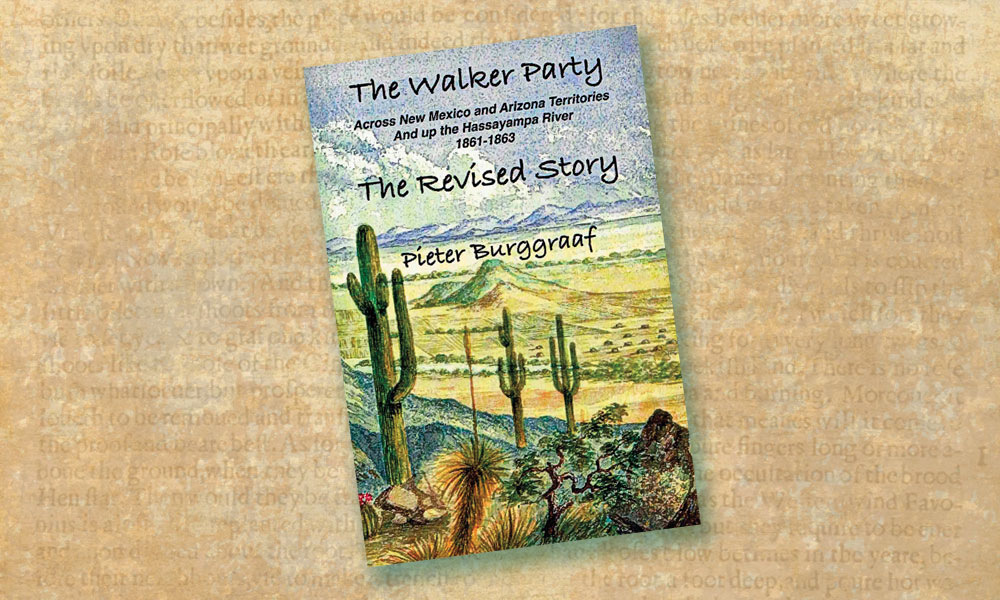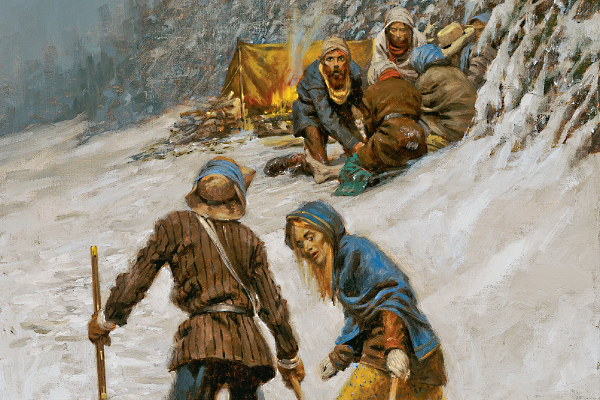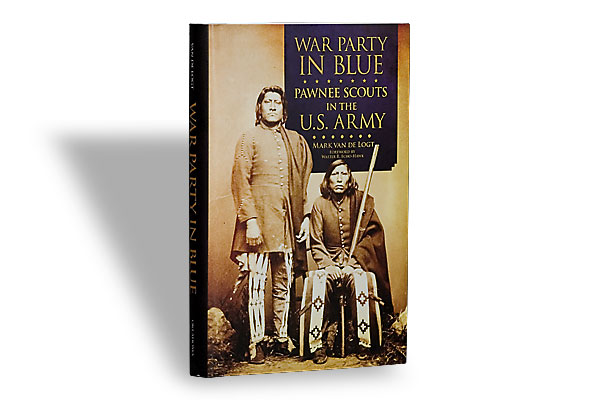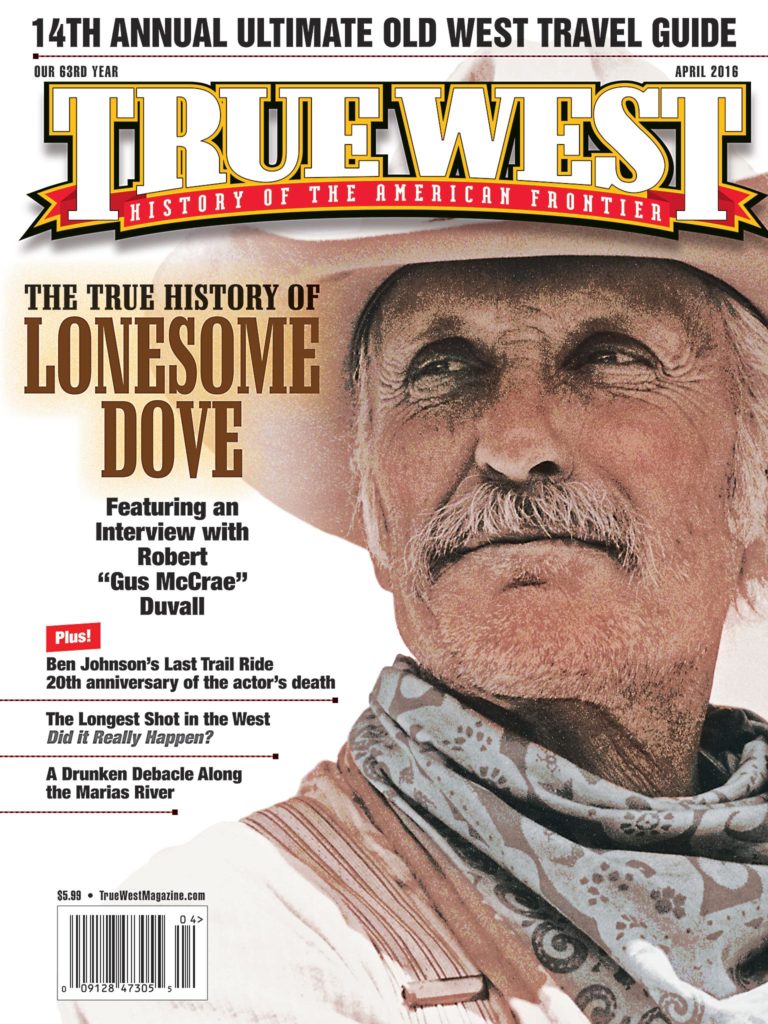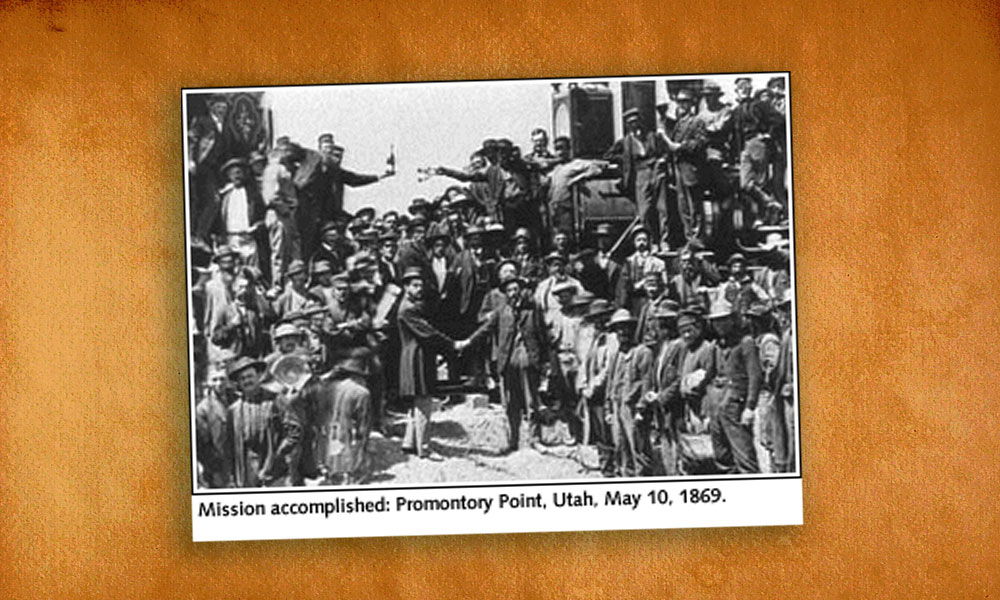
Perhaps the most riveting moment in American history to date was 2:40 p.m., Monday, May 10, 1869. Today, we know that as the moment when the last spike was driven into place for the transcontinental railroad. But for the people of that day, it meant so much more than just having a railroad that went from the Atlantic to the Pacific. As historian Stephen Ambrose put it, “Lee’s surrender four years earlier had signified the bonding of the Union, North and South. The Golden Spike meant the Union was held together, East and West.” The event was so momentous to Americans—both those who lived in states and those still in territories—that bells pealed throughout the nation. Even the Liberty Bell rang in Philadelphia. Cannons boomed, 220 of them in San Francisco, a hundred in Washington D.C. There were firecrackers and fire works, singing and church prayers. Ambrose notes, “The Tabernacle in Salt Lake City was packed to capacity, with an astonishing seven thousand people. In New Orleans, Richmond, Atlanta, and throughout the old Confederacy there were celebrations. Chicago had a parade that was its largest of the century—seven miles long, with tens of thousands of people participating, cheering, watching.” What a moment of unity for a nation that had dodged the bullet of division; what a party. It would take exactly a century before Americans would again feel the same sense of awe, when man first walked on the moon in 1969.


